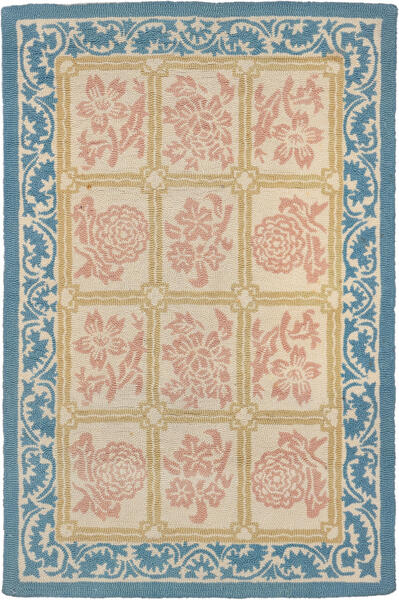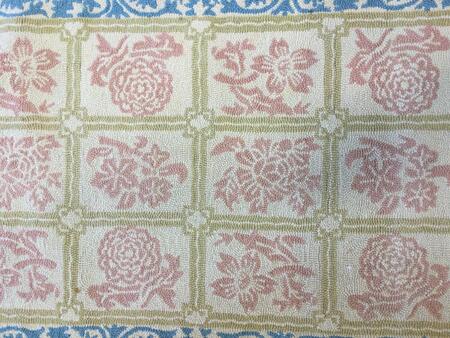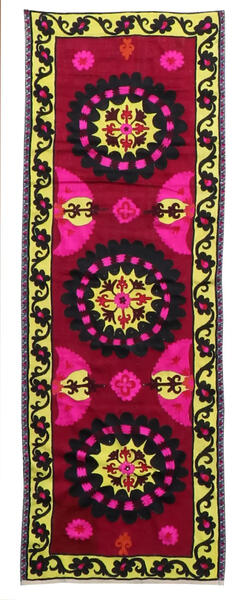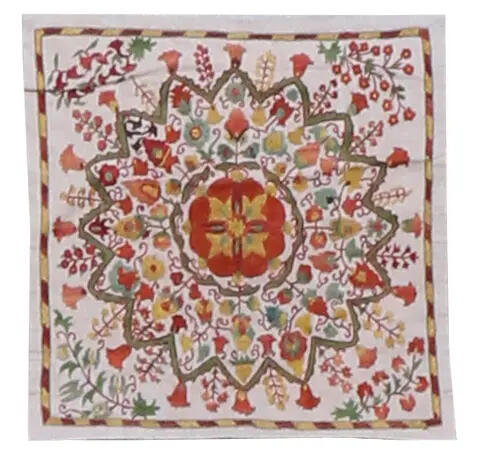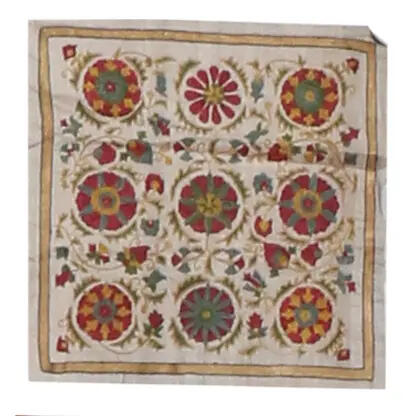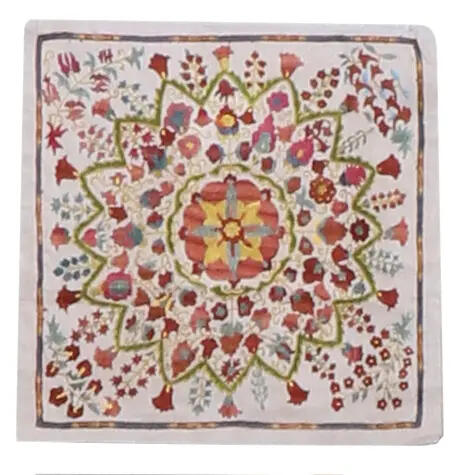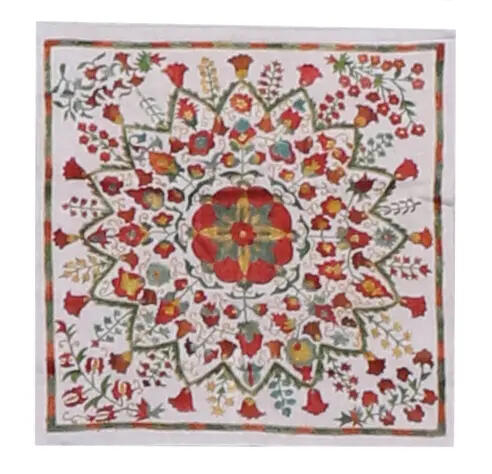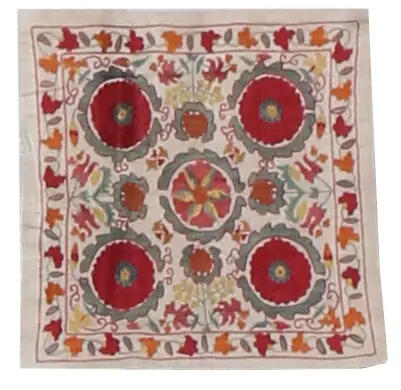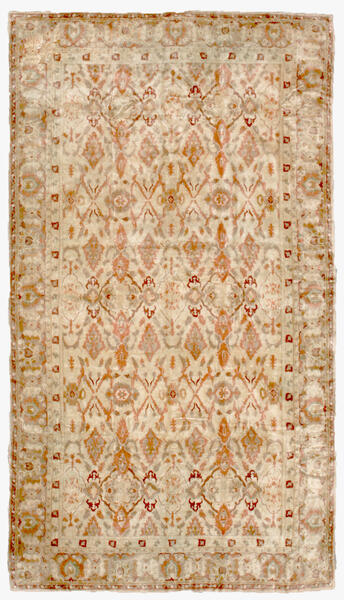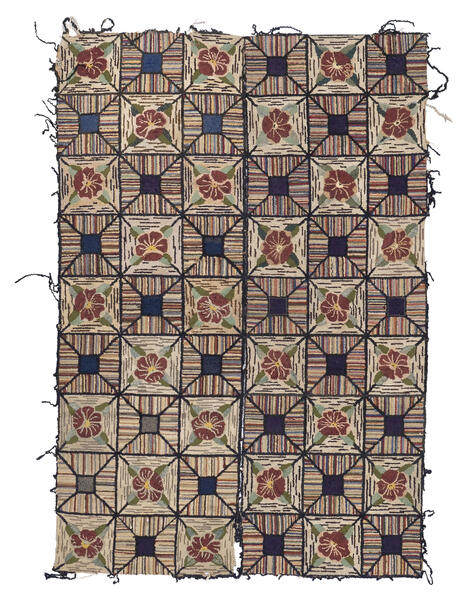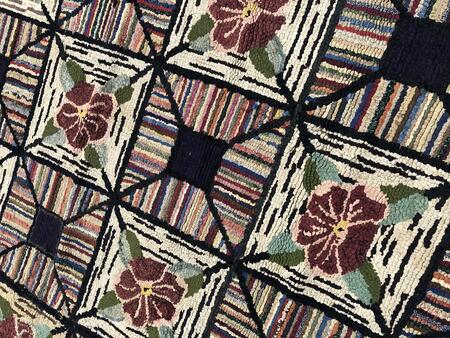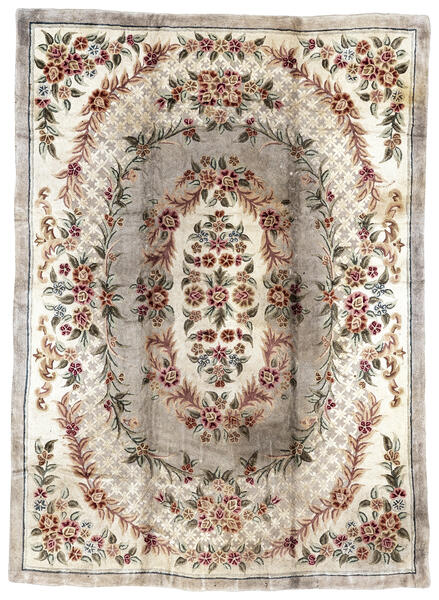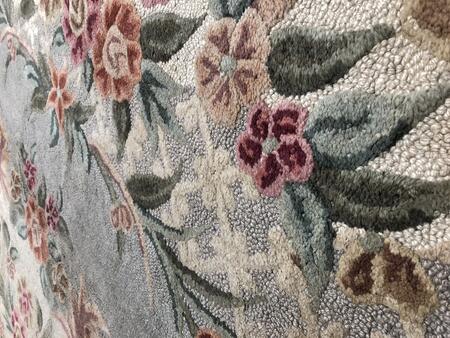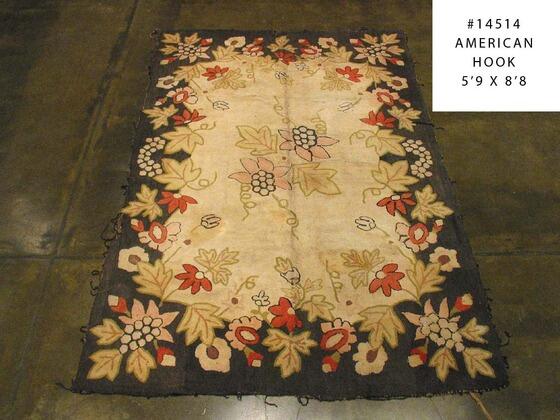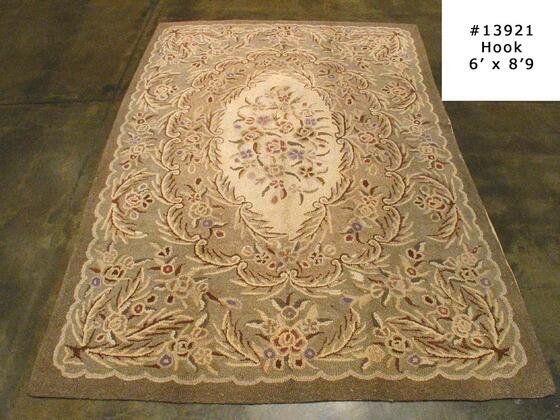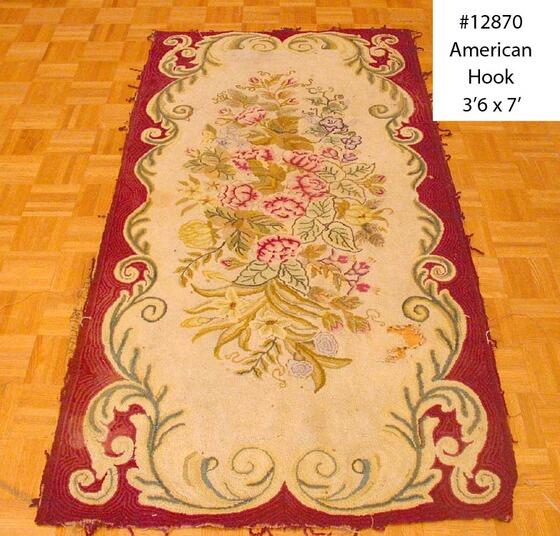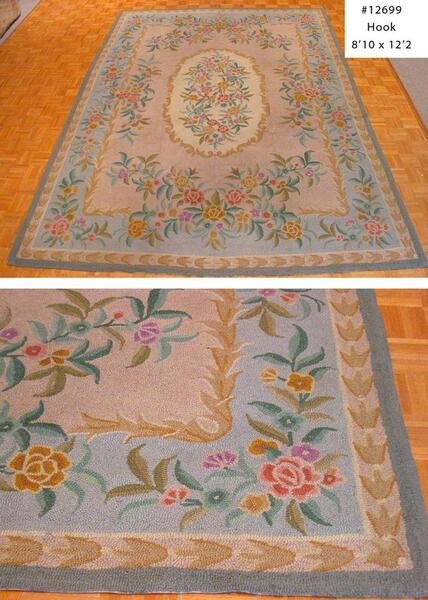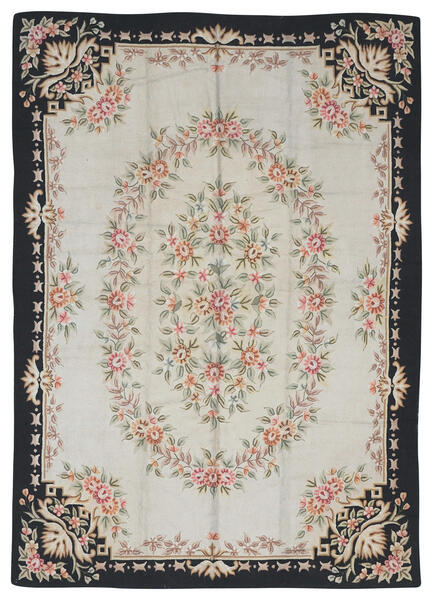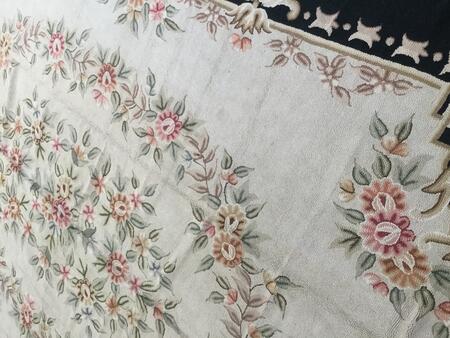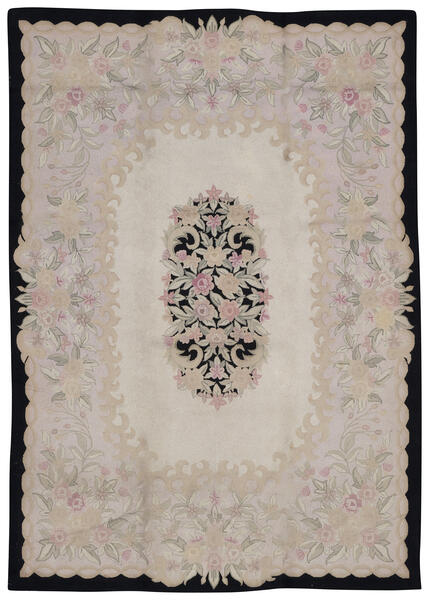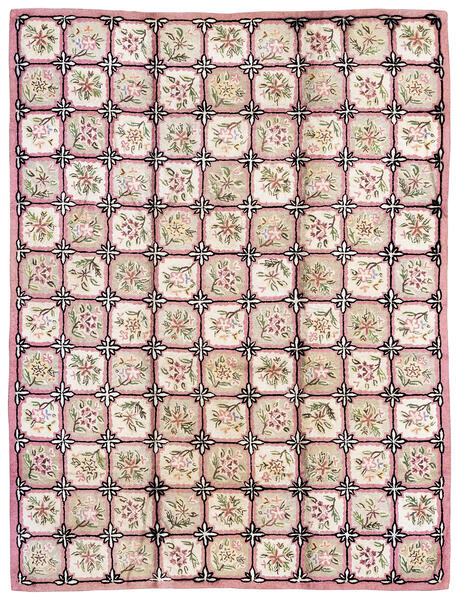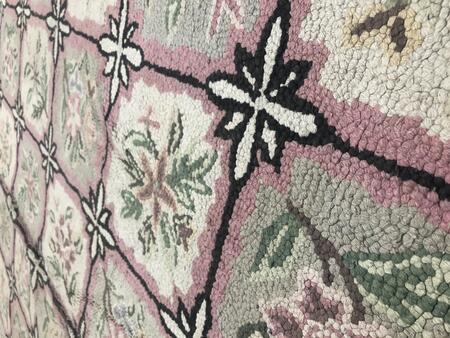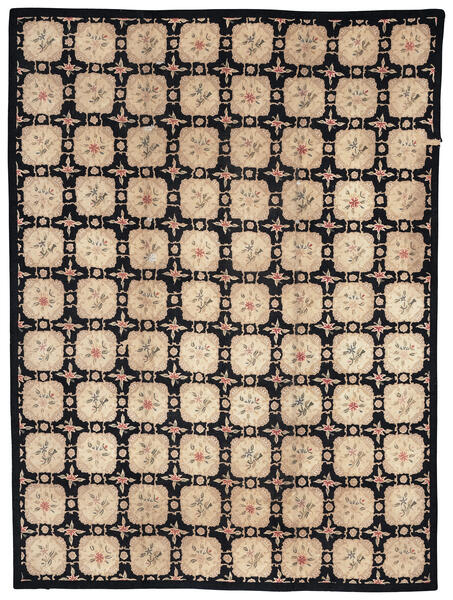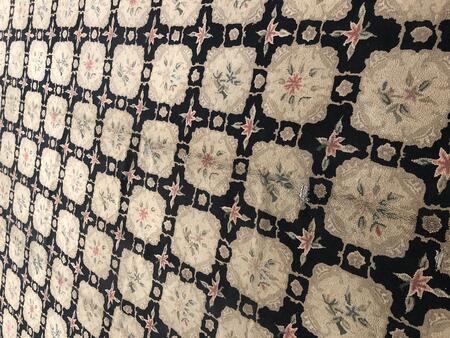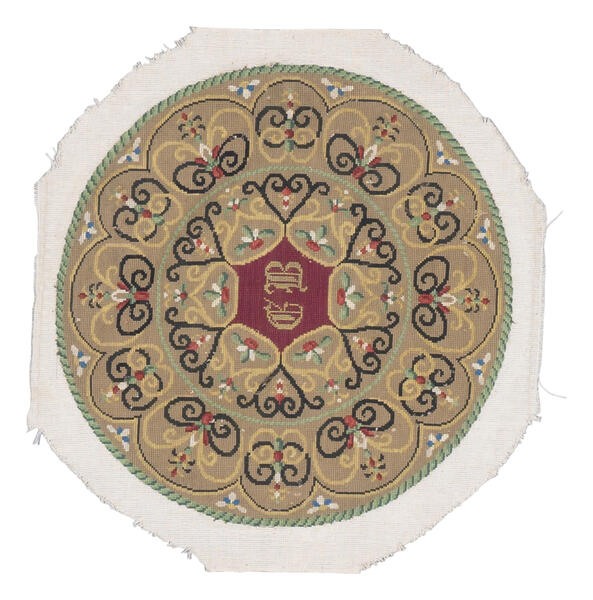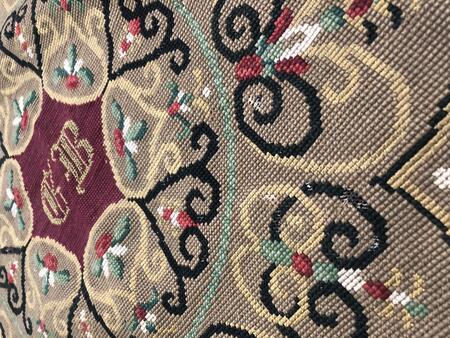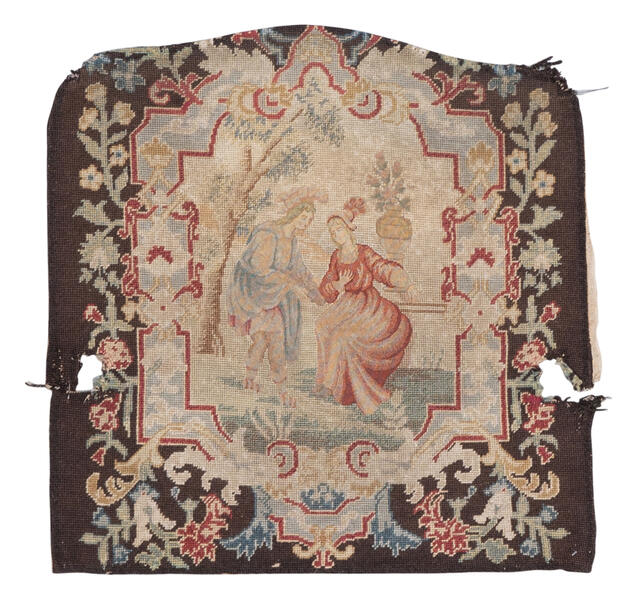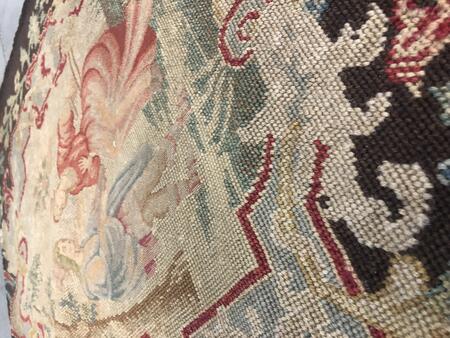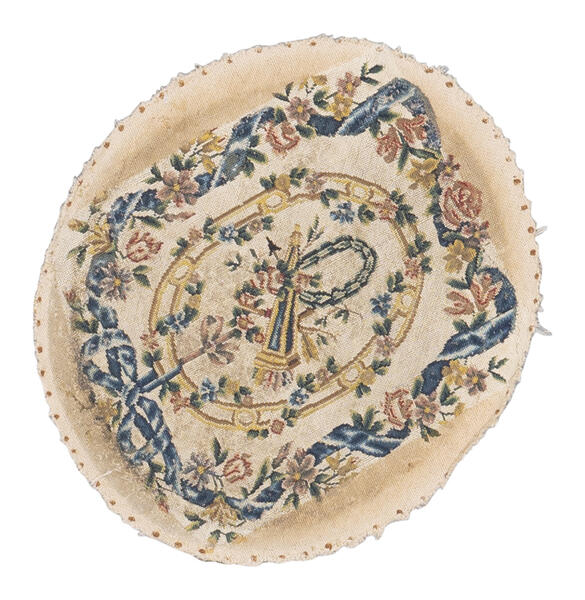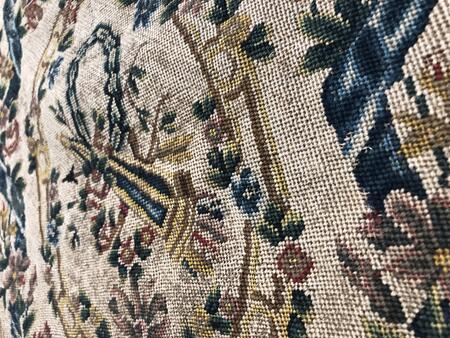chainstich I hook
The traditional folk art of rug hooking reached its zenith from about 1850-1920 in the coastal communities of Maine. The craft rapidly spread north through the Maritime provinces of Canada and south to the Cape and Islands of Massachusetts.It is thought that a process similar to rug hooking was employed as early as the ancient Coptic and Egyptian cultures, and of course now rug hooking is a popular craft for children and adults everywhere.Rug hooking is both an art and a craft where rugs are made by pulling loops of yarn or fabric through a stiff woven base such as burlap, linen, or rug warp. The loops are pulled through the backing material by using a crochet-type hook mounted in a handle (usually wood) for leverage. In contrast latch-hooking uses a hinged hook to form a knotted pile from short, pre-cut pieces of yarn.A crafts person creates a hooked rug by pulling lengths of cloth, usually wool, through a woven fabric, usually burlap.Wool strips ranging in size from 3/32 to 10/32 of an inch (2 to 8 mm) in width are often used to create hooked rugs or wall hangings. These precision strips are usually cut using a mechanical cloth slitter; however, the strips can also be hand-cut or torn. When using the hand-torn technique the rugs are usually done in a primitive motif. Sarah Nickerson is a famous rug hook-er from Maine who uses this technique.Designs for the rugs are often commercially produced and can be as complex as flowers or animals to as simple as geometrics. Rug-hooking has been popular in North America for at least the past 200 years.
read more
- width:
- length:
- retail:
- trade:
- ARCHIVE SALE
- VEGAN
- ECO-FRIENDLY
- Round
- Square
- Runner
